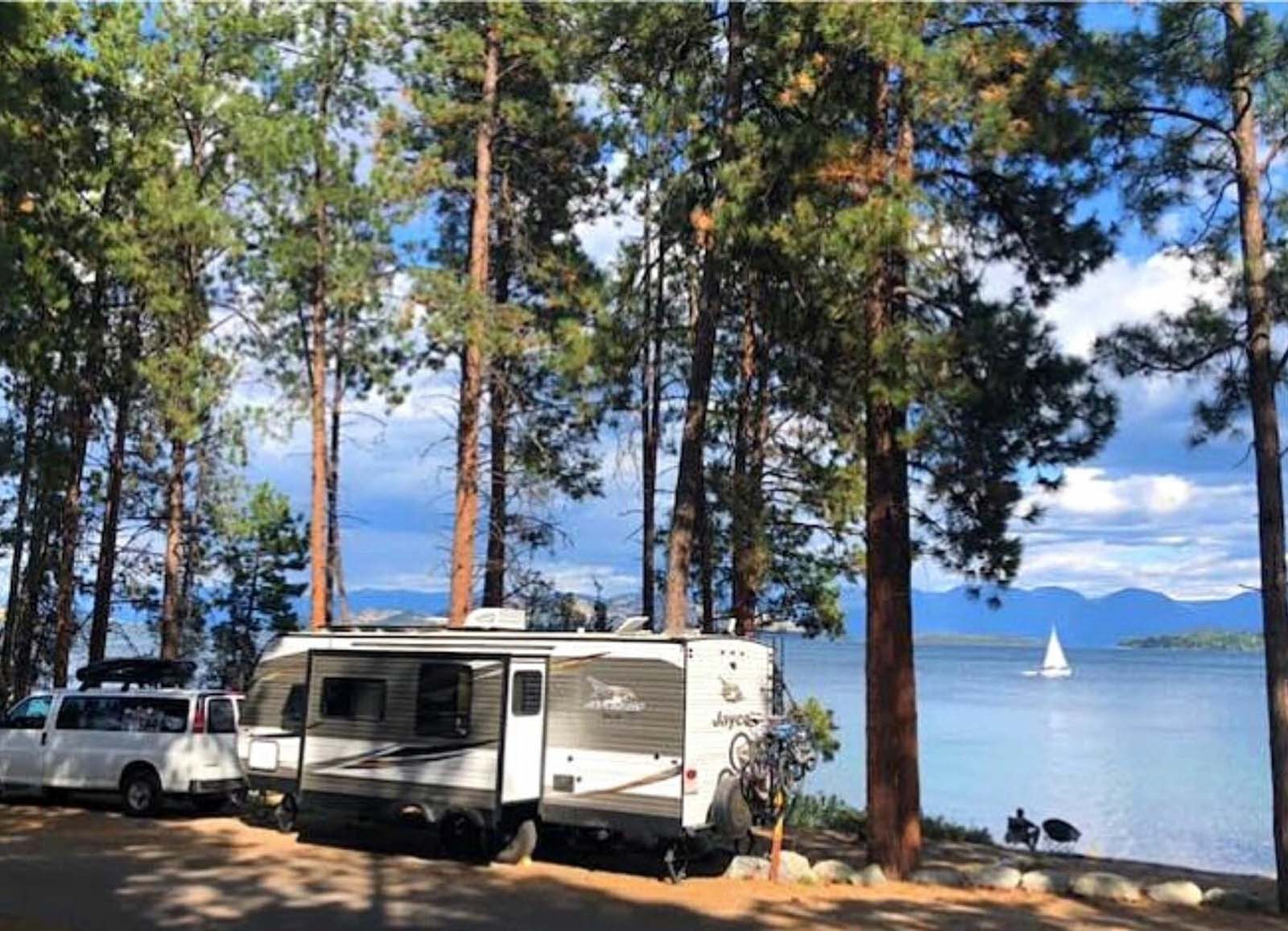H2: The Importance of Charging an RV Battery with a Battery Charger H3: Why is Charging an RV Battery Essential? H3: Different Types of Battery Chargers for RVs H3: Steps to Charge an RV Battery using a Battery Charger H3: Tips for Properly Charging an RV Battery

H2: The Importance of Charging an RV Battery with a Battery Charger
When it comes to RVs, a properly functioning battery is essential for a hassle-free travel experience. An RV battery powers various equipment and systems, including lights, appliances, and even the motor if it’s a motorhome. However, continuous usage and time can drain the battery, resulting in a loss of charge. To ensure optimal performance and avoid unexpected breakdowns, it is crucial to charge the RV battery regularly using a reliable battery charger.
H3: Why is Charging an RV Battery Essential?

An RV battery, similar to any other battery, has a limited capacity, and as it gets used, it gradually loses its charge. Without periodic charging, the battery’s voltage drops, affecting its performance and potentially leading to permanent damage. Moreover, an uncharged battery can be prone to freezing during colder months or even become completely unusable. Therefore, it is vital to charge the RV battery to maintain its capacity, extend its lifespan, and prevent any travel interruptions caused by a dead battery.
H3: Different Types of Battery Chargers for RVs
There are various battery chargers available for RVs, each offering different features and charging capabilities. One common option is a traditional charger that connects to a power source, such as a household outlet or an RV park’s electrical hookup. These chargers use the alternating current (AC) electricity to charge the battery.

Another popular type is a solar charger, which utilizes solar panels to harness energy from the sun and charge the RV battery. Solar chargers are ideal for campers who prefer boondocking or dry camping, where access to electrical hookups might be limited. They provide a sustainable and environmentally-friendly way to keep the RV battery charged.
H3: Steps to Charge an RV Battery using a Battery Charger
Charging an RV battery with a battery charger is a straightforward process that can be done by following a few simple steps:
1. Choose the appropriate battery charger based on the battery type (lead-acid, AGM, gel, etc.) and voltage requirements specified in the RV manual. 2. Ensure the RV battery is located in a well-ventilated area and disconnected from the RV’s electrical system. 3. Connect the positive (red) clip of the charger to the positive terminal of the battery and the negative (black) clip to the negative terminal. 4. Set the charger to the appropriate charging mode, typically indicated as “maintenance,” “trickle charge,” or “float charge” for maintaining the battery’s charge without overcharging. 5. Plug in the charger to a power source, either a household outlet or an RV park’s hookup, and turn it on. 6. Allow the battery to charge fully, monitoring the charger’s progress. Charging times may vary depending on the battery’s state of charge and the charger’s capacity. 7. Once the battery reaches full charge, turn off the charger and disconnect the clips, starting with the negative (black) clip and then the positive (red) clip. 8. Reconnect the RV battery to the electrical system, ensuring a secure connection. 9. Before using the RV, it is recommended to test the battery’s voltage to verify a full charge. 10. Properly store and maintain the battery to prolong its lifespan and ensure it remains in optimal condition between trips.
H3: Tips for Properly Charging an RV Battery
To ensure a safe and efficient charging process for your RV battery, consider the following tips:
1. Read and follow the instructions provided by the battery charger manufacturer. 2. Wear appropriate safety gear when working with batteries, such as gloves and eye protection. 3. Choose a charger that provides automatic voltage regulation to prevent overcharging or undercharging the battery. 4. Regularly inspect the battery for any signs of damage or corrosion and clean the terminals if necessary. 5. Avoid charging the battery in extreme temperatures, as it can affect the charging process and the battery’s lifespan. 6. Do not charge a damaged or leaking battery; instead, replace it as soon as possible. 7. Keep the battery charger away from flammable substances and ensure proper ventilation during charging. 8. Consider investing in a battery charger with built-in safety features, such as spark-proof technology or reverse polarity protection. 9. If utilizing a solar charger, make sure it is positioned to receive adequate sunlight and periodically clean the panels to maximize efficiency. 10. Don’t forget to disconnect the battery from any electrical systems when not in use to prevent unnecessary drain and preserve its charge.
In summary, charging an RV battery with a battery charger is crucial to maintain its capacity and overall performance. Choosing the right charger, following proper charging steps, and considering essential tips will help ensure a reliable power source during your RV adventures. Happy travels!

